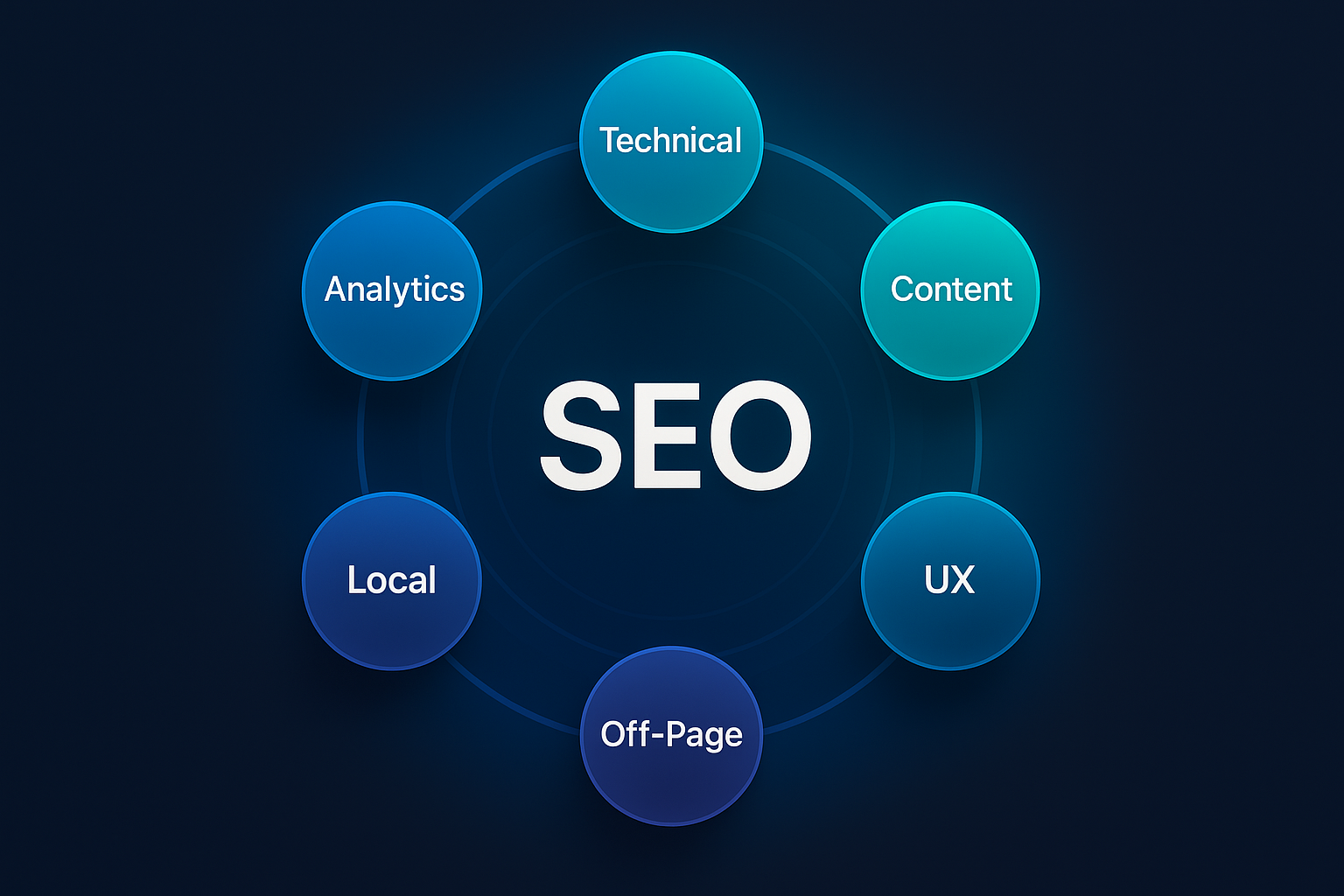
Full-Scale, End-to-End
Website Management & SEO Strategy
I've spent the last 12 years perfecting the art of designing, developing, and optimizing websites, creating an efficient, cost-effective process along the way.
Time, Teachers, and Experience Have Taught Me How to Fully Manage Your Website
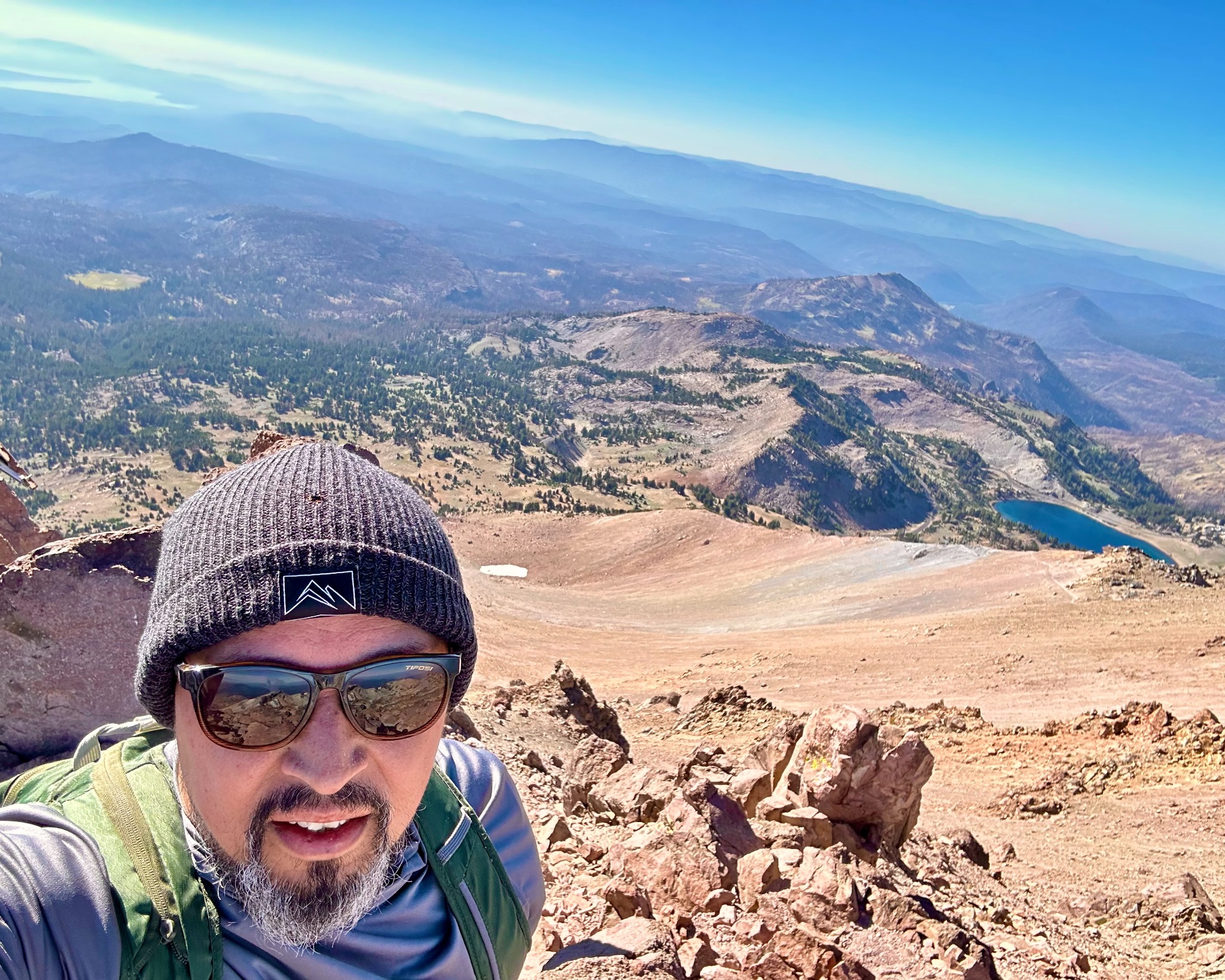
I'm a mountain climber.
One thing's for sure...getting to the summit takes one step at a time. There are no shortcuts, and you learn a lot as you get to the top.
The same is true with managing websites. I've spent years learning from web d
esigners, developers, SEO specialists, content writers, project managers, and clients.
Doing so has helped me understand the art and science of website creation and development and how each step leads to optimal site performance.
Website Management & SEO At-A-Glance:
- Perform a comprehensive audit
- Fix issues that hurt your website.
- Develop end-to-end processes.
- Create a complete SEO strategy
- Develop a full content strategy.
- Improve site design and layout.
- Manage your website as you go.
- Submit Analytics and reports.
- Manage Google Business Profile.
Utility SEO Services I Provide
What Is utility SEO? Whether you need end-to-end services or someone to fill in the gaps in your strategy or process, I can do whatever needs to get done. I can adapt my services to your needs.
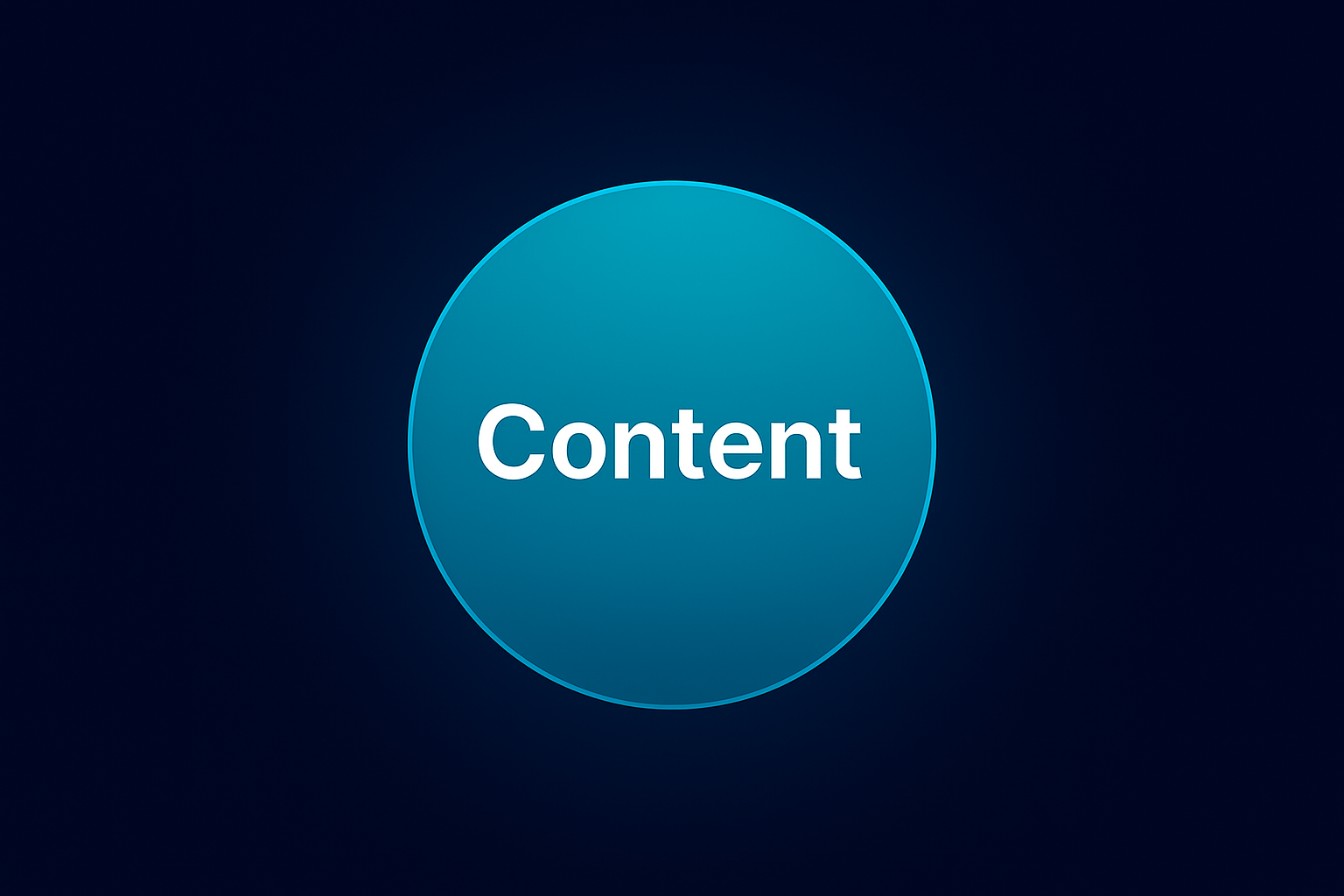
I understand the psychology of content and how it connects with your people.
I optimize your content based on relevant keywords, user intent, and Google Overview AI, as well as AI platform searches like ChatGPT.
- Brand messaging and value proposition
- Keyword research and execution
- Content structure and hierarchy
- Meta titles and descriptions
- Header tags optimization
- Internal linking strategy
- Conversion-driven copywriting
- Schema markup
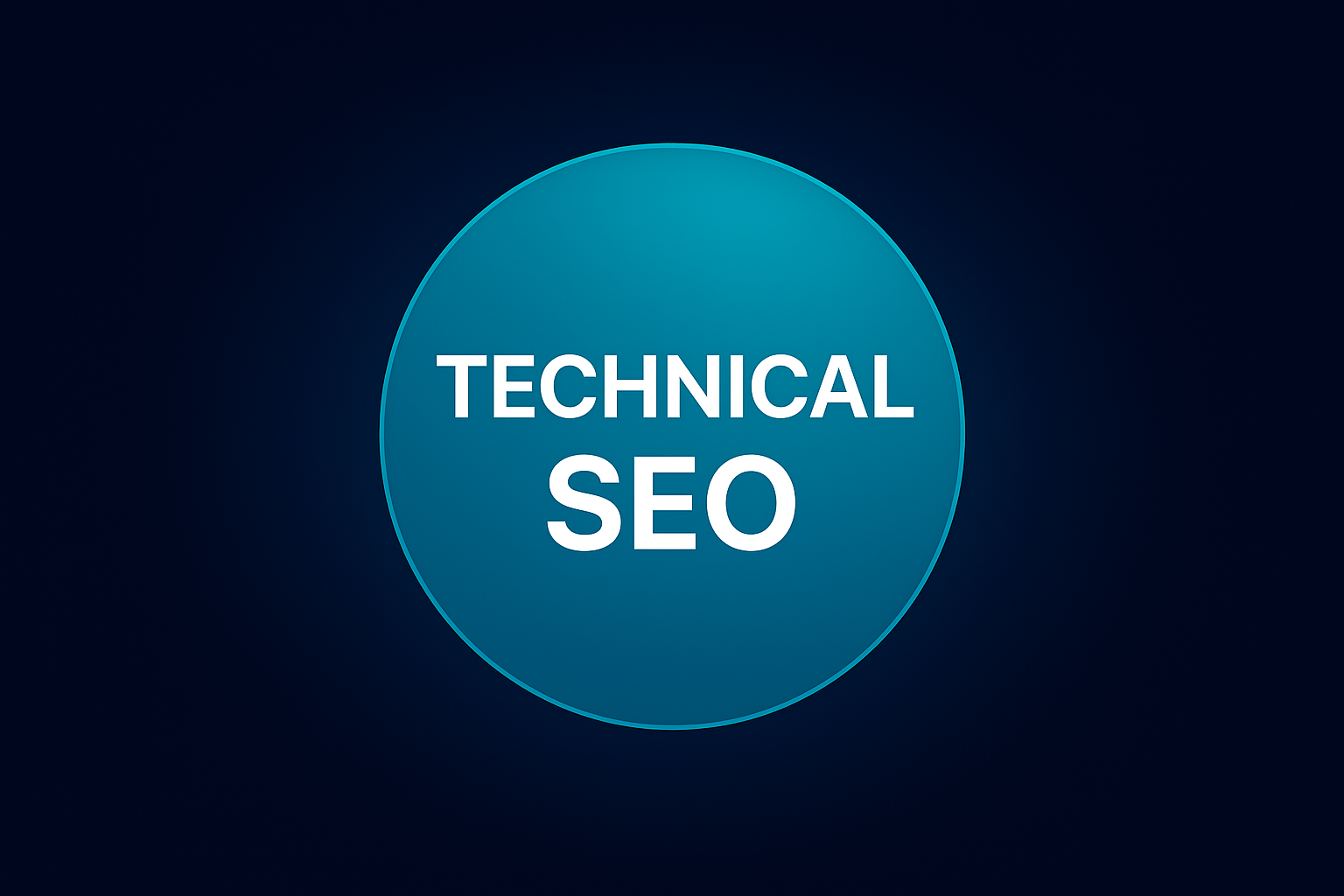
I find and fix the technical issues that slow your site or block it from showing up on Google.
I improve your site’s layout and links so every page loads faster, ranks higher, and brings in more organic traffic.
- Full site audits
- Index issues, redirects
- Site speed issues
- Mobile responsiveness
- Structured data/schema
- Canonical structuring
- XML sitemaps
- Core Web Vitals
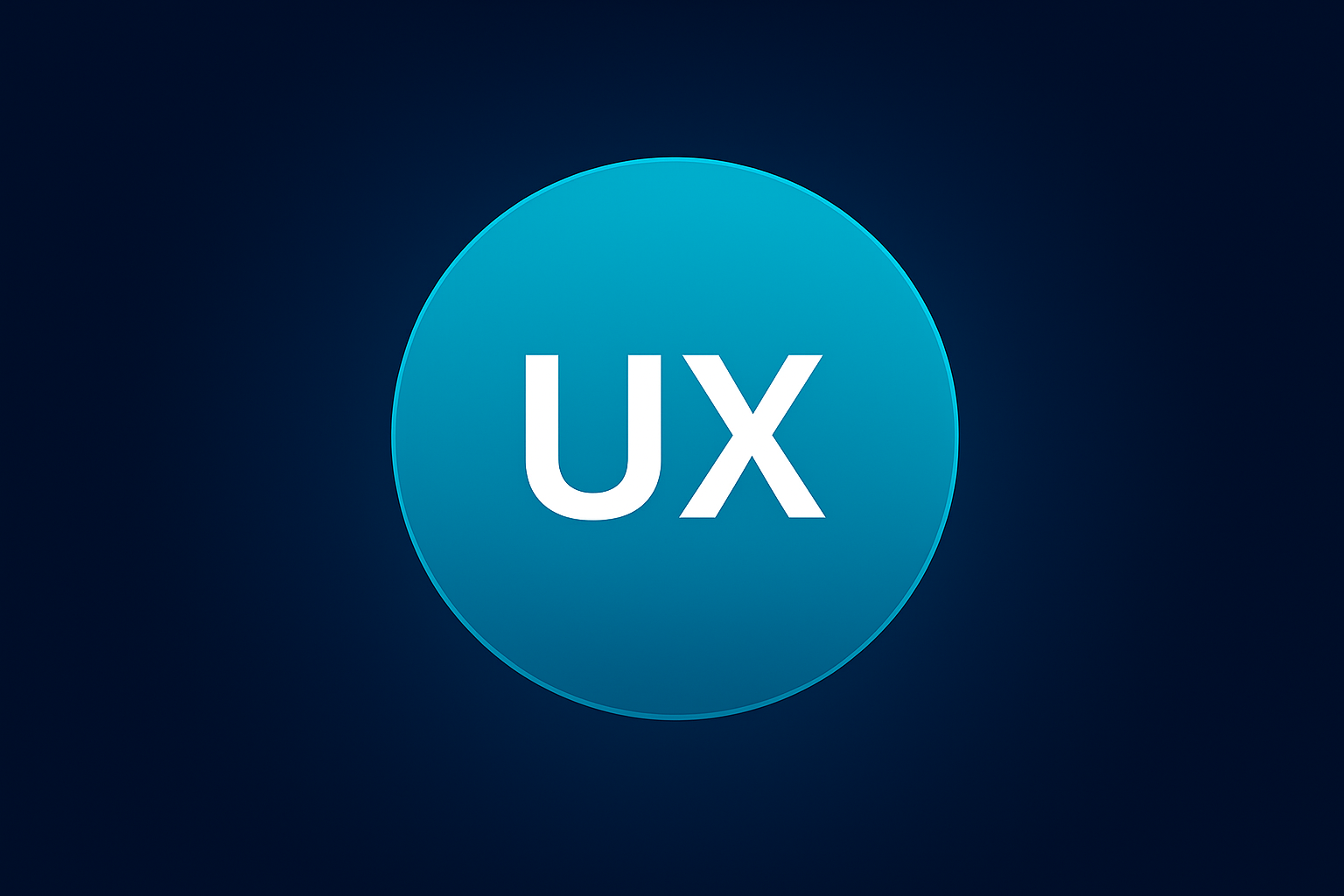
When your site feels natural to use, people stay longer and engage more. I make it easy for people to take the desired action.
I design websites that feel easy to use. Visitors instantly know where to go and what to do next.
- UX audits
- Usability testing
- Information architecture design
- Navigation design and strategy
- Conversion paths
- Mobile experience
- Accessibility improvements
- Interactive menu design
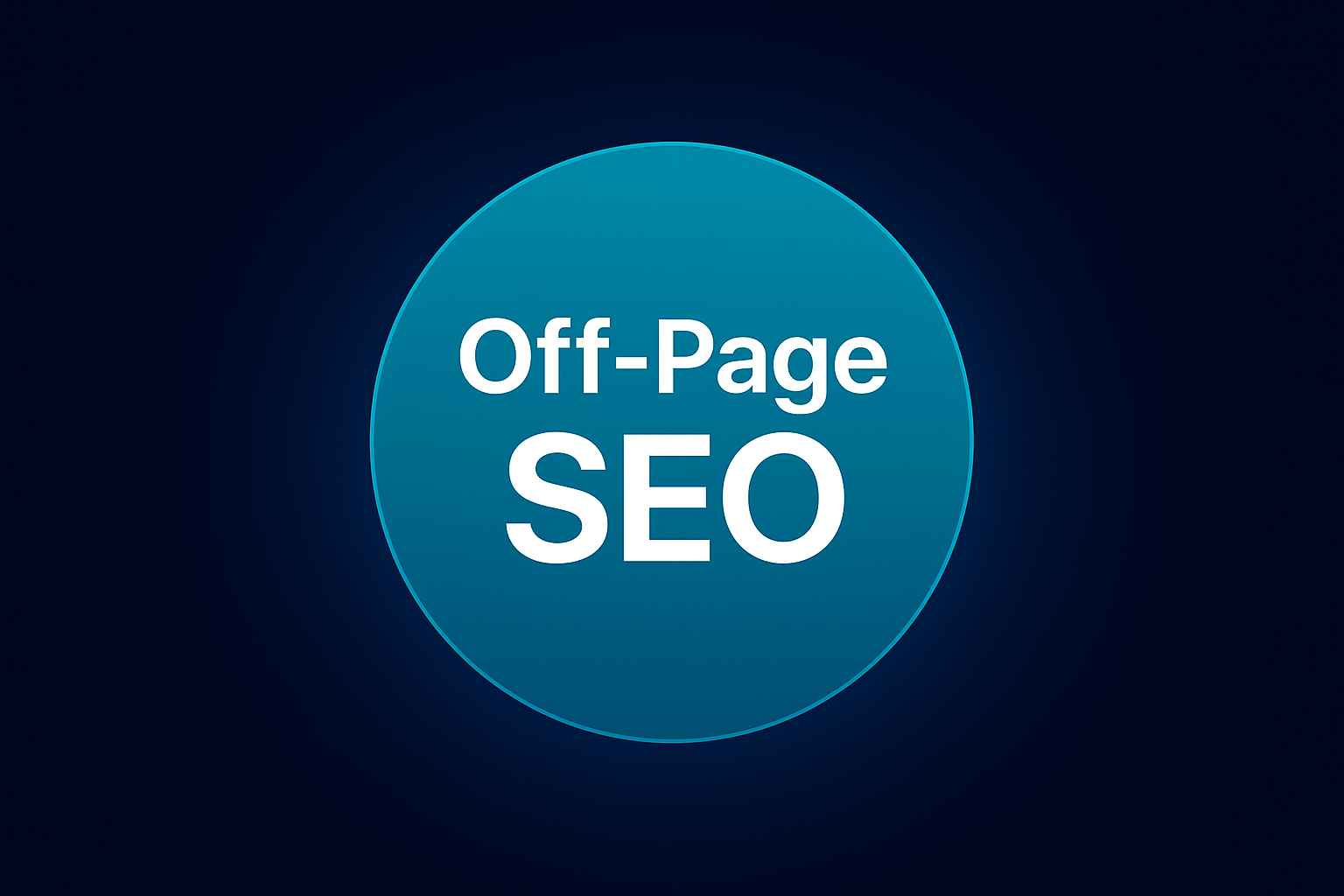
Off-page SEO expands your visibility across the web so more people find you.
I secure backlinks from reputable sites and promote your business through listings and mentions that drive qualified visitors to your website and convert them into paying customers.
- Backlinks
- Citation management
- Digital PR
- Brand mentions
- Influencer outreach
- Content syndication
- Forum engagement
- Directory submissions
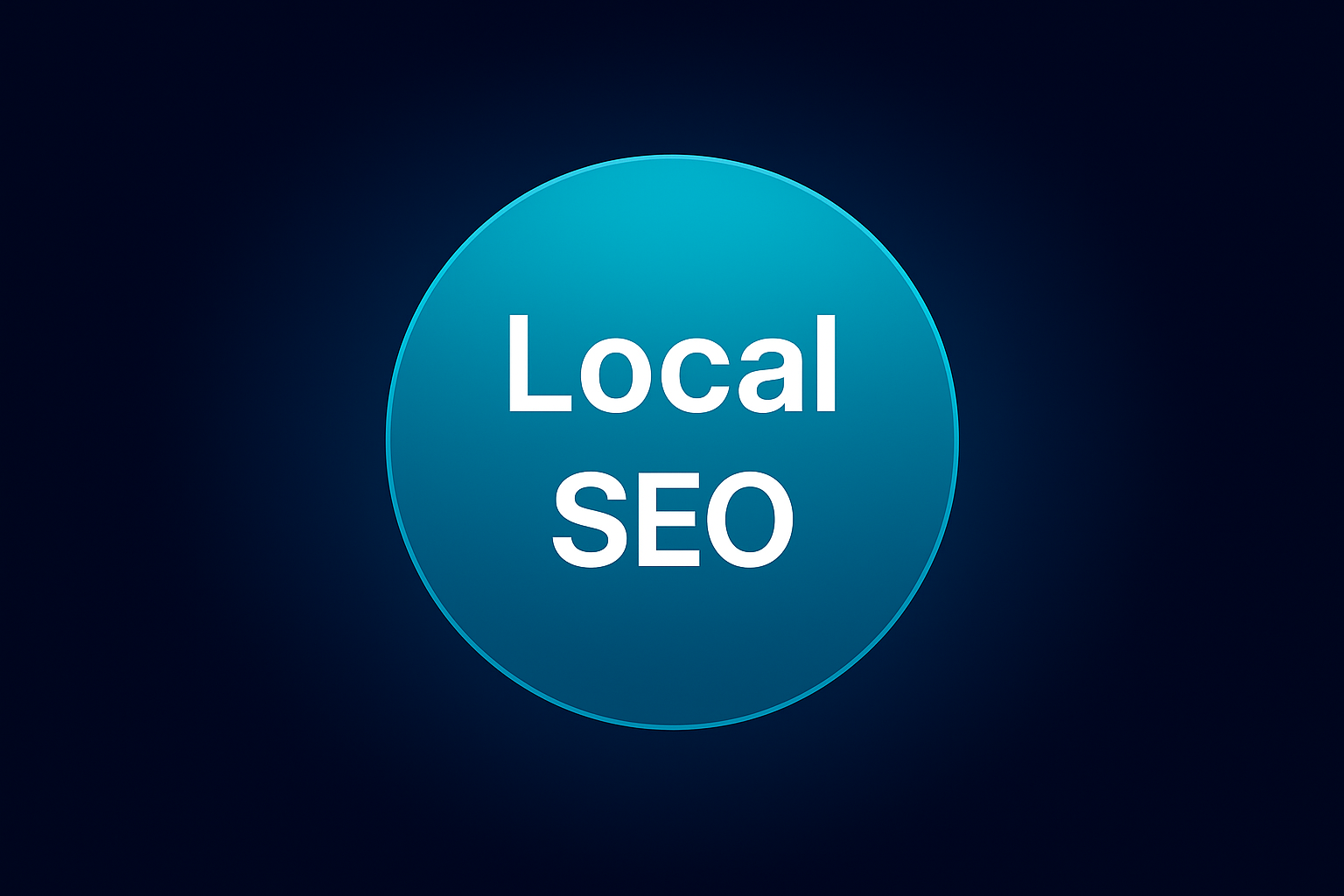
I make sure your Google Business Profile, maps, and listings show up when someone nearby searches for your services.
I also add the right local keywords and update your info everywhere it appears. You get more calls, customers, and sales.
- Google Business Profile
- Local citations
- Map optimization
- Review management
- Local keyword research
- Location pages
- Schema markup
- NAP consistency

Get more insights from your website data to see what’s working and what’s not. I set up analytics tools that track visitor behavior and provide regular reports.
You see how people interact with your site and use that data to improve performance.
- Google Business Profile
- Local citations
- Map optimization
- Review management
- Local keyword research
- Location pages
- Schema markup
- NAP consistency